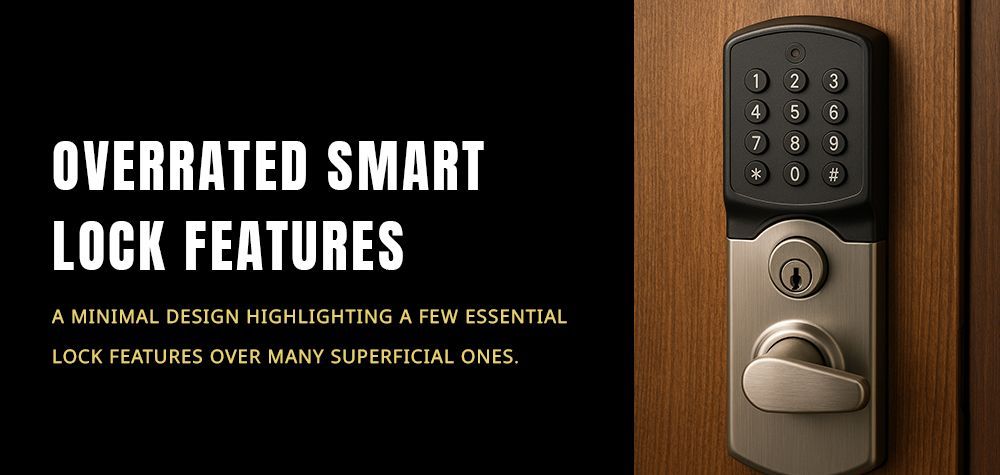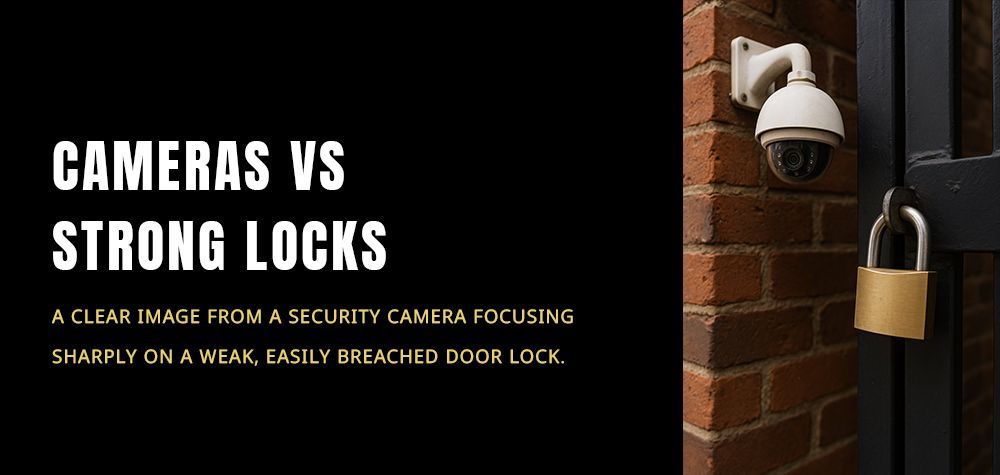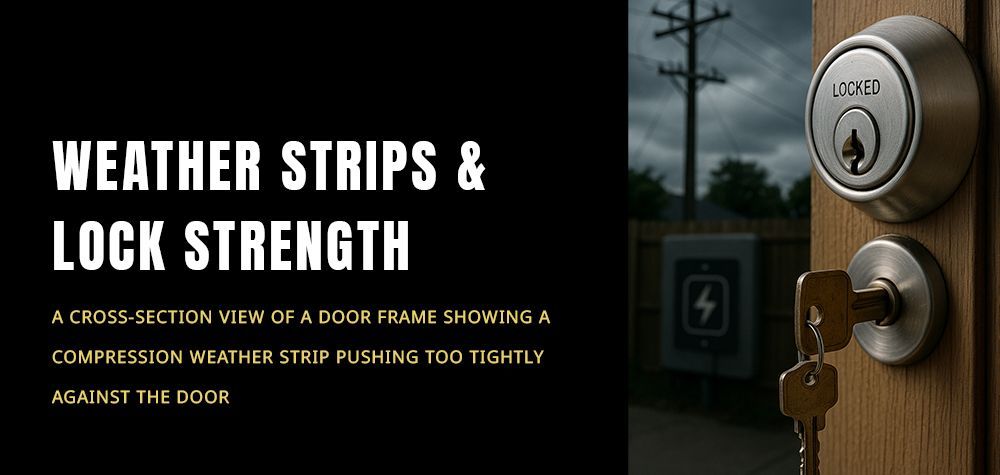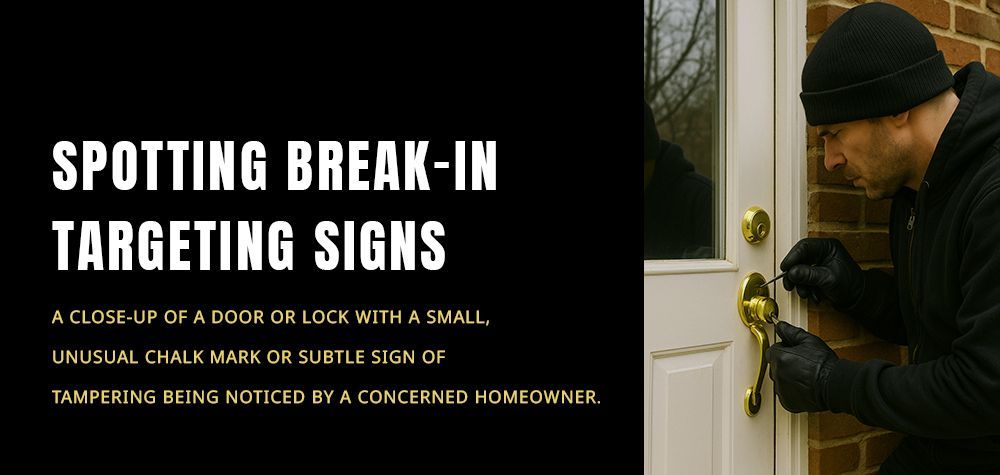Can a Locksmith Reprogram a Stolen Smart Lock Remotely?
Smart locks blend mechanical hardware with software and networking. That blend creates powerful convenience — remote unlocking, shared digital keys, and instant revocation — but it also raises a realistic question: if someone steals your smart lock device or the lock’s credentials, can a locksmith reprogram it remotely to secure your home? The short answer is: sometimes. Whether it is possible depends on the lock model, how it connects to the internet, where the credentials live, and what manufacturer controls are available. This article explains the different scenarios, the limits of remote reprogramming, immediate actions to take if a smart lock is stolen, and how professional locksmiths can help protect you after an incident.
Why some smart locks lose Wi-Fi connection and how to fix it
What “stolen smart lock” can mean
When people talk about a stolen smart lock they may mean different things. One scenario is the physical theft of the lock unit itself — the hardware bolted into your door being removed and taken. Another scenario is the theft or compromise of the lock’s digital credentials: a hacked account, a stolen phone with the stored key, or leaked cloud credentials. Each situation has different technical and practical implications for whether a remote reprogram or revocation is possible.
Cloud-connected locks versus local-only locks
A key factor is whether the lock is managed through a cloud service or only via local connections. Many modern smart locks are tied to a manufacturer or third-party cloud platform. These locks authenticate users through cloud accounts and accept remote commands through the internet. In those systems the owner or an authorised administrator can usually revoke keys, disable accounts, or push a lock to factory default from an app or web portal, which is effectively a remote reprogram in the sense that the lock’s accepted credentials change.
By contrast, some smart locks operate only over local Bluetooth or radio protocols and do not have a cloud backend. If the lock is local-only and the controlling device is stolen or the physical lock is gone, there is often no universal remote channel for a locksmith to change the lock’s internal programming from afar. Those locks generally require physical access to the lock to perform a factory reset or to replace the cylinder.
What a remote reprogram actually does
When a cloud-managed lock is “reprogrammed remotely,” what usually happens is that the cloud service updates the list of authorized keys, issues new cryptographic credentials, or forces the lock to pull a firmware update that changes how credentials are validated. The lock itself still enforces changes locally, but receives its new instructions via a secure connection. A remote action can revoke lost keys and prevent a stolen phone or lost account from opening the door as long as the lock is still online and can reach its cloud server.
If the thief has the physical lock and breaks it off the door, remote revocation prevents them from using digital credentials to open other doors on your network, but it does not stop them from physically installing or testing the stolen unit elsewhere. Conversely, if the thief stole only the phone or the account credentials, revoking or reissuing keys remotely is usually an effective mitigation.
Why does my smart lock randomly unlock itself?
When remote action is impossible or insufficient
There are clear limits. If the lock is physically removed and the attacker extracts the electronics to bypass authentication, remote revocation cannot protect components that are now out of your network and potentially duplicated or studied. If the lock is an offline model with no internet connectivity and the attacker has a copied credential or has reverse-engineered the transponder, you will need physical rekeying or hardware replacement.
Also, some low-cost or poorly implemented systems lack secure update mechanisms. If a lock does not validate signed updates or connects to untrusted endpoints, remote commands could be ignored or the lock could be vulnerable in other ways. In short, remote reprogramming is not a universal fix — it is a powerful tool when the lock and cloud architecture were designed for it, and inadequate when they were not.
Immediate steps to take if your smart lock or credentials are stolen
If you suspect theft or credential compromise, act fast. First, remotely revoke access via the lock manufacturer’s app or admin portal if you have cloud access. Change passwords on any linked accounts and log out or wipe the lost phone using device management services. If your lock supports multi-factor authentication, enable it and review recent access logs to spot unusual entries.
Second, disable or remove shared guest keys. Many cloud platforms let you see and delete all active shared passes; remove them immediately. Third, if the lock is still physically on your door but behaving strangely, consider putting a mechanical deadbolt in place temporarily or using a secondary physical lock until you can have the situation assessed. Finally, document the incident for insurance and for the locksmith or vendor you call: model numbers, account names, timestamps, and any logs you can export help professionals respond accurately.
How locksmiths can help remotely and on site
A professional locksmith’s role after a smart lock theft or compromise can include remote and hands-on work. Where the lock supports cloud management and the account holder provides authorisation, locksmiths or authorised technicians can advise on using admin portals, request manufacturer assistance, and push for account-level mitigations. Locksmiths can confirm whether the lock has successfully received revocation commands, interpret access logs, and coordinate with manufacturers for firmware-related fixes.
More commonly, locksmiths provide on-site services. They can perform rekeying, replace the entire lock, install a new lock with a stronger cloud and encryption model, or convert to a high-security mechanical deadbolt. For hybrid systems a locksmith may install a lock that supports both local mechanical override and secure cloud management so you retain fail-safe access. If the stolen device is part of a larger access control system, locksmiths can reissue credentials across the property and rebuild a secure access plan.
Manufacturer cooperation and proof of ownership
A recurring practical requirement is proof of ownership or control. Manufacturers are rightly cautious about reissuing credentials or remotely altering locks without verifying the requester. Expect to provide account details, purchase receipts, photo ID, or serial numbers. Locksmiths s often act as trusted intermediaries; they can liaise with vendors on your behalf, present professional credentials, and help expedite secure reprogramming where vendor policies allow.
Legal and insurance considerations
Report thefts to local law enforcement, especially if the physical lock is stolen. Insurance companies will also want a report and a record of mitigation steps. Keep copies of correspondence with the manufacturer and locksmith, and note any changes made to the system. Your insurer may require proof that you acted promptly to prevent further loss; remote revocation and evidence of contacting professionals will be important.
Long term remediation and hardening after theft
After immediate mitigation, harden your access. Replace compromised devices with models that support secure cloud revocation and signed firmware updates. Use strong, unique passwords and enable two-factor authentication on all linked accounts. Where possible, adopt multi-factor access for sensitive doors: cloud token plus PIN or cloud plus physical key. Consider logs and monitoring that alert you in real time to suspicious unlock events. Finally, implement key control policies so that digital keys are issued narrowly and expire automatically.
When reprogramming is the right choice versus hardware replacement
Reprogramming is a fast, cost-effective response when credentials or cloud accounts are compromised and the lock remains physically in place and online. Hardware replacement is the safer choice when the device is physically stolen or suspected of having been tampered with. A locksmith can advise which path makes sense given the lock’s model, the extent of compromise, and your security needs.
Prevention: choosing locks that support secure remote management
If you are shopping for locks, prioritize models with strong cloud security, end-to-end encryption, signed firmware updates, device attestation features, and a reputable manufacturer that supports remote revocation. Also choose locks that provide robust audit logs and account recovery controls. A good installer or locksmith will evaluate both the mechanical strength and the software security before recommending options.
The realistic role of locksmiths in modern smart security
Locksmiths remain essential in the smart age. Their expertise spans mechanical rekeying, electronic diagnostics, and practical security design. They bridge the gap between vendor cloud tools and on-site fixes. In many cases, a locksmith cannot singlehandedly “magically” reprogram a stolen lock from their shop without vendor cooperation and account authority, but they can orchestrate a rapid, comprehensive response: revoke credentials, liaise with manufacturers, replace or rekey hardware, and restore a secure state for your property.
Conclusion
Can a locksmith reprogram a stolen smart lock remotely? The right answer is nuanced. Remote reprogramming is possible and effective when the lock is cloud-managed, online, and the owner or authorised agent can authenticate to the vendor’s systems. When the device is offline, physically stolen, or lacks secure remote management features, remote reprogramming will be insufficient and physical replacement or rekeying is usually required. Acting quickly, revoking access, cooperating with the manufacturer, and bringing in a professional locksmith are the best steps to regain control and prevent further exposure. For a secure, future-proof setup, choose locks that combine strong mechanical protection with robust, vendor-backed remote management and maintain a relationship with a trusted locksmith to respond fast when incidents happen.
Call Us Any Time!









